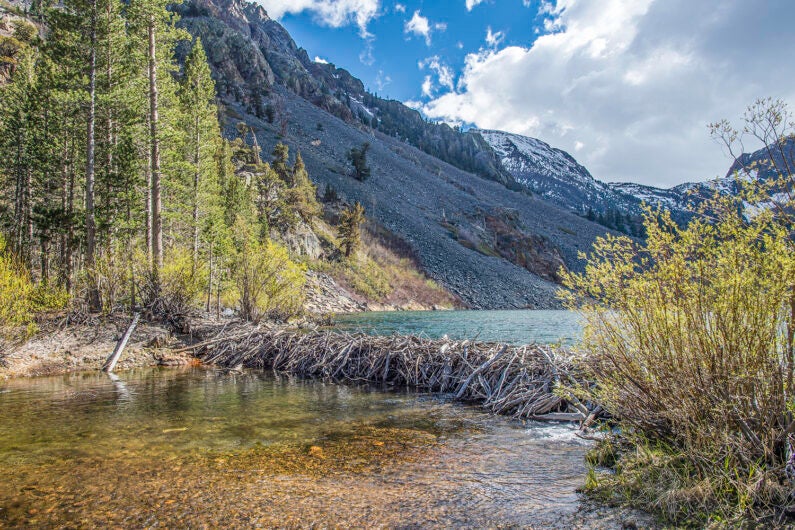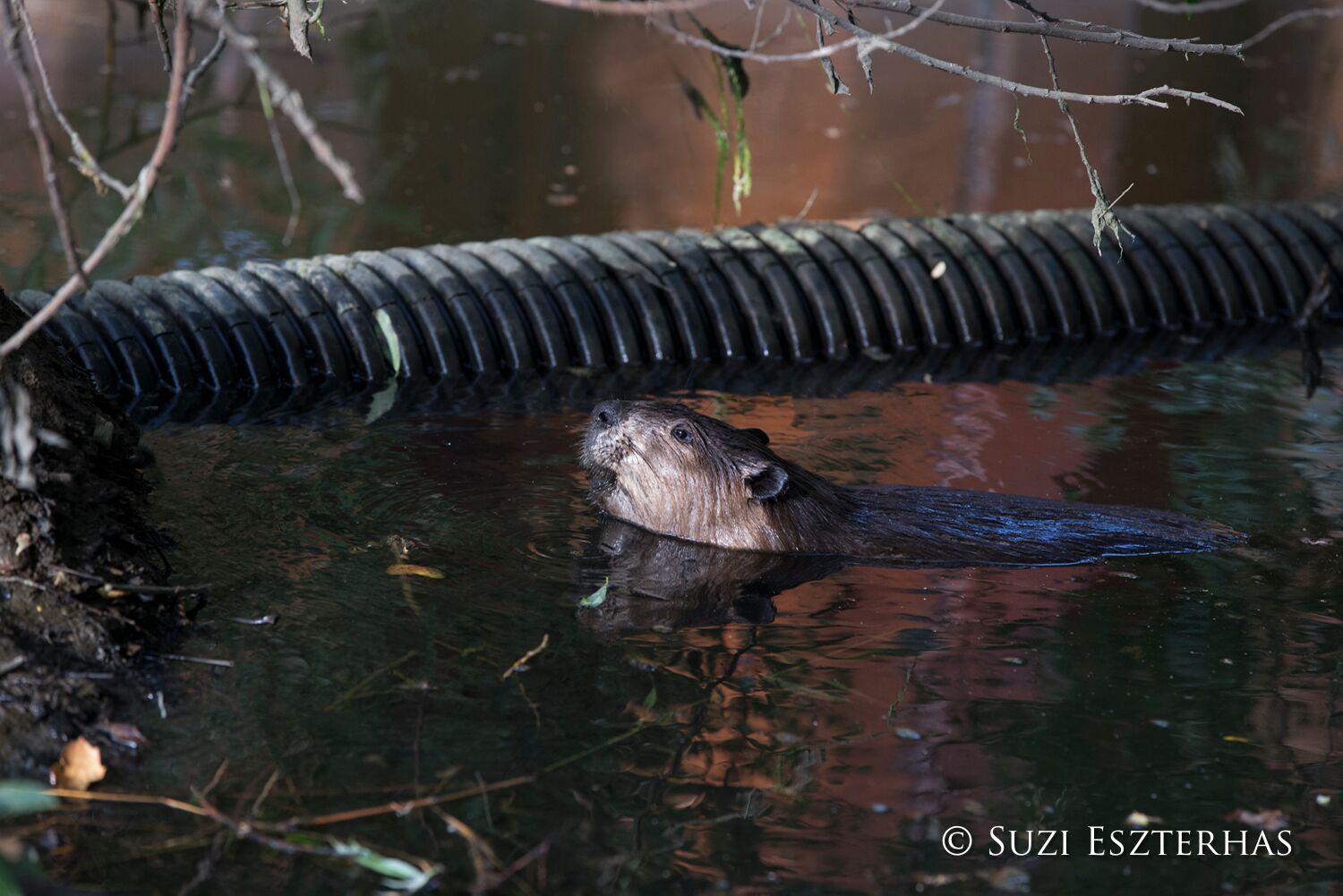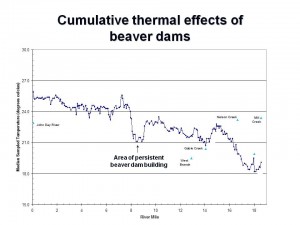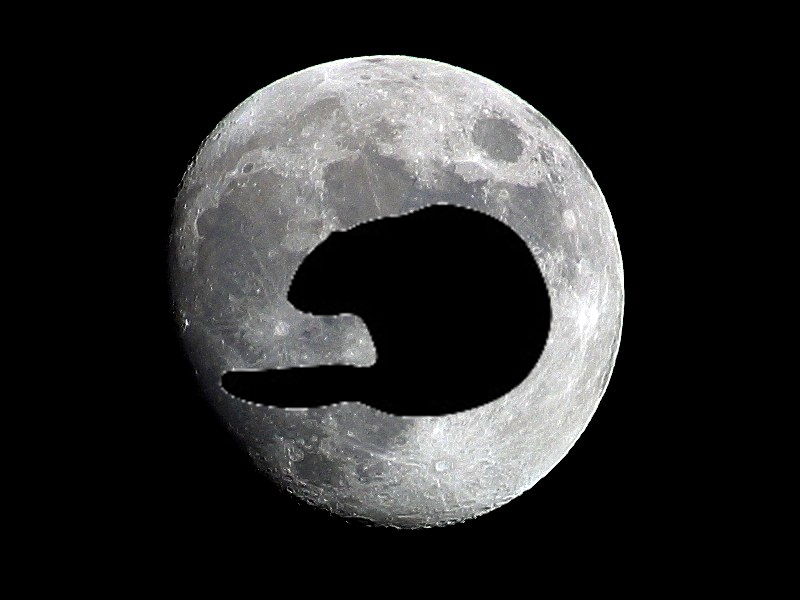The SHOCKING news from Stanford about beavers helping streams even more when as the climate warms was a shot heard round the world. I’ve been getting science headlines for a day now from saucers like Phys,org and Anthropocene proclaiming what a happy accident that a beaver moved into a research project and just started randomly making things better! Who knew?
I mean besides all of us and everyone who has been following the research,
But this headline from the HILL kind of takes the cake, Just think about how shocked all those congressional staffers will be when they read this,

Hot and dry conditions in the U.S. West have created a haven for industrious beavers, whose construction skills are helping improve river water quality.
Their prolific dam building is benefiting rivers enough to potentially outweigh the destructive impacts of climate-fueled droughts, according to a new study, published in Nature Communications on Tuesday.
“As we’re getting drier and warmer in the mountain watersheds in the American West, that should lead to water quality degradation,” senior author Scott Fendorf, a professor of Earth system science at Stanford University, said in a statement.
“Yet unbeknownst to us prior to this study, the outsized influence of beaver activity on water quality is a positive counter to climate change,” Fendorf added.
UNBEKNOWNST! Who even says that, And is it even true? Well maybe in a very vague specific way folks didn’t know that the effects documented by countless other studies got even more impressive under the extremes of climate change but still, everyone should have had an inkling,
The wooden barriers built by beavers raise river levels upstream, diverting water into nearby soils and secondary waterways to create new “riparian zones,” according to the study.
These riverside ecosystems then act like filters — straining out contaminants and excess nutrients before sending the water on its way downstream, the researchers explained.
To draw these conclusions, the researchers installed water level sensors in a spot along central Colorado’s East River where beavers had built a dam. The scientists also collected water samples to monitor nutrient and contaminants levels.
I kind of like the concept of New Riparian Zones. I bet it would be a lot harder to get permission from CDFW to remove one of THOSE don’t you think?
Ultimately, they found that the beaver dam dramatically increased the removal of the contaminant nitrate — boosting its eradication by 44 percent over seasonal extremes.
“Beavers are countering water quality degradation and improving water quality by producing simulated hydrological extremes that dwarf what the climate is doing,” Fendorf added.
Yes he said dwarf. So whew. I guess we can all keep driving and turn up our heaters because because beavers have totally got this one. I know I’ll sleep better tonight.







 Reports of beaver trapping this fall at Saugatuck’s Peterson Preserve are true, said city manager Ryan Heise.
Reports of beaver trapping this fall at Saugatuck’s Peterson Preserve are true, said city manager Ryan Heise.









































